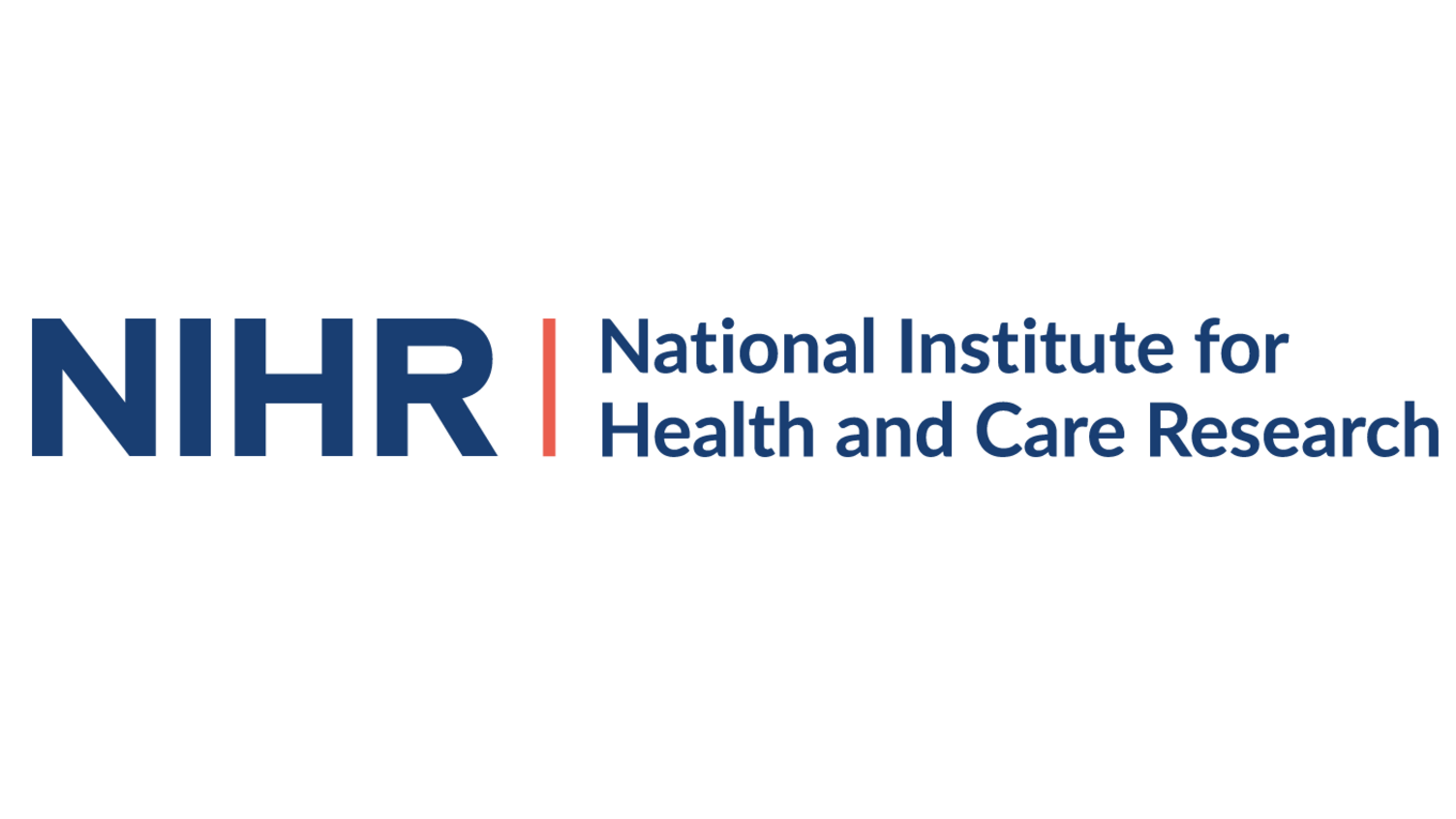The impact of the Cochrane Neuro-Oncology James Lind Alliance Priority Setting Partnership
- 16 September 2020
- 6 min read
We'd like to thank Helen Bulbeck, Kathy Oliver, Gail Quinn, Michael Jenkinson and Robin Grant for this update on what has happened since the Neuro-Oncology JLA PSP worked with patients, carers and health professionals to set research priorities:
James Lind Alliance (JLA) Priority Setting Partnerships enable clinicians, patients and caregivers to work together to identify and prioritise the most important areas of clinical research that could be answered by well-designed studies. In June 2015, the top 10 priorities for clinical research in primary brain and spinal cord tumours were published. The topic areas are also shown in the Table (Column 1).
Shortly after the publication of the neuro-oncology JLA research priorities, a working group met at the National Institute for Health and Care Excellence (NICE) and developed a strategy to improve the quality of clinical studies in the JLA priority areas and to improve the likelihood of National Institute for Health and Care Research (NIHR) or other funding. This included completing Cochrane Systematic Reviews in these areas, to inform the research community on the strength of evidence on which to base research design and funding applications. It also encouraged multi-centre collaboration and having the JLA priority areas adopted as areas of prime concern by the National Clinical Research Institute (NCRI) Brain Group - the UK neuro-oncology trials research group. This group manages a comprehensive national portfolio of brain tumour clinical trials.
The Cochrane Neuro-Oncology Group planned to update existing reviews in these topic areas and prioritise new reviews where no relevant reviews existed (Table, Column 2). In collaboration with the NCRI, the Cochrane Neuro-Oncology Group applied for an NIHR Systematic Review Programme Grant for a suite of eight reviews in JLA prioritised areas (Table, Column 2, in bold) in 2017. NCRI clinicians working with professional systematic reviewers and health economic researchers produced the eight complex reviews including diagnostic test accuracy review, prognostic review and three network meta-analyses with brief economic summaries or more systematic reviews of health economic studies in these areas. While working on the systematic reviews the NCRI clinicians were able to often work on funding applications in parallel.
| JLA Topic | Systematic Review | Publication |
|---|---|---|
| Do lifestyle factors (e.g. sleep, stress, diet) influence tumour growth in people with a brain or spinal cord tumour? | Ketogenic diet for primary brain and spinal cord tumours |
Reardon CH et al. |
| What is the effect on prognosis of interval scanning to detect tumour recurrence, compared with scanning on symptomatic recurrence, in people with a brain tumour? |
Interval brain imaging for adults with cerebral glioma Magnetic resonance perfusion for differentiating low-grade from high-grade gliomas at first presentation |
Thompson G et al. https://doi.org/10.1002/14651858.CD013137.pub2
Abrigo JM et al. |
| Does earlier diagnosis improve outcomes, compared to standard diagnosis times, in people with a brain or spinal cord tumour? | Interventions to reduce time to diagnosis of brain tumours |
Grant R et al. https://doi.org/10.1002/14651858.CD013564
|
| In second recurrence glioblastoma, what is the effect of further treatment on survival and quality of life, compared with best supportive care? | Treatment options for recurrent glioblastoma: a network meta-analysis |
Lawrie TA et al. https://doi.org/10.1002/14651858.CD013579.
|
| Does earlier referral to specialist palliative care services at diagnosis improve quality of life and survival in people with a brain or spinal cord tumour? |
Early palliative interventions for improving outcomes in people with a primary malignant brain tumour and their carers
Treatment of newly diagnosed glioblastoma in the elderly: a network meta-analysis |
Byrne A et al. https://doi.org/10.1002/14651858.CD013440.
Hanna C et al. |
| Do molecular subtyping techniques improve treatment selection, prediction and prognostication in people with a brain or spinal cord tumour? |
Diagnostic test accuracy and cost-effectiveness of tests for codeletion of chromosomal arms 1p and 19q in people with glioma
Prognostic value of test(s) for O6-methylguanine–DNA methyltransferase (MGMT) promoter methylation for predicting overall survival in people with glioblastoma treated with temozolomide |
McAleenan A et al. https://doi.org/10.1002/14651858.CD013387.
McAleenan A et al. https://doi.org/10.1002/14651858.CD013316.
|
| What are the long-term physical and cognitive effects of surgery and/or radiotherapy when treating people with a brain or spinal cord tumour? |
Early versus delayed postoperative radiotherapy for treatment of low-grade gliomas
Interventions for preventing and ameliorating cognitive deficits in adults treated with cranial irradiation
Long-term neurocognitive and other side effects of radiotherapy, with or without chemotherapy, for glioma |
Sarmiento Dhawan A et al. https://doi.org/10.1002/14651858.CD009229.pub3
Day J et al. http://dx.doi.org/10.1002/14651858.CD011335.pub2
Lawrie TA et al. |
| What is the effect of interventions to help carers cope with changes that occur in people with a brain or spinal cord tumour, compared with standard care? | Interventions to help support caregivers of people with a brain or spinal cord tumour |
Boele FW et al. |
| What is the effect of additional strategies for managing fatigue, compared with standard care, in people with a brain or spinal cord tumour? |
Interventions for the management of fatigue in adults with a primary brain tumour
|
Day J et al. https://doi.org/10.1002/14651858.CD011376.pub2
|
| What is the effect of extent of resection on survival in people with a suspected glioma of the brain or spinal cord? |
Intra-operative imaging technology to maximise extent of resection for glioma
Intraoperative imaging technology to maximise extent of resection for glioma: a network meta-analysis |
Jenkinson MD et al. https://doi.org/10.1002/14651858.CD012788.pub2
https://doi.org/10.1002/14651858.CD013630.
|
The NIHR Systematic Review Programme Grant funded the eight complex systematic reviews (bold) one of which (Jenkinson et al) was a rapid review to inform the NICE Guideline - Brain tumours (primary) and brain metastases in adults [NG99] (2018), and then was updated in 2020 as a Network Meta-Analysis.
The Systematic Reviews cover three broad research areas:
- How do I get a prompt, safe and accurate diagnosis? (CD013564; CD013630; CD013387; CD013316)
- Shared Decision Making and risk sharing in glioma - Should I have regular MRI scanning? (CD013137) and Should I delay therapy for my low-grade glioma to prevent late effects? (CD013047)
- Understanding the best treatment when decisions are difficult in GBM - What is the best treatment for GBM in the Elderly? (CD013261) and - What is the best treatment for GBM after radiotherapy and temozolomide fail? (CD013579)
The journey from JLA priority setting to Cochrane Systematic Review completion and NCRI trial development has resulted in funding of the following studies:
KEATING - Ketogenic diets as an adjuvant therapy in glioblastoma
BT LIFE - Brain Tumours – Lifestyle Intervention and Fatigue Evaluation
BRIOChe - Brain Re-Irradiation or Chemotherapy: a Phase II trial of re-irradiation or chemotherapy for recurrent glioblastoma.
FUTURE GB - Functional and Ultrasound guided Resection of Glioblastoma
BRAIN MATRIX - A BRitish feasibility study of molecular stratification and targeted therapy to optimize the clinical mAnagement of patIeNts with glioMA by enhancing clinical ouTcomes, Reducing avoIdable toXicity, improving management of post-operative residual & recurrent disease and improving survivorship
The JLA neuro-oncology priorities are supporting other studies in development and will from a basis for studies in the future, such as:
MERIT - Maximising Extent of Resection using Intra-operative MRI in brain Tumours
SHIPPING - Scanning Headache to Identify Positive Predictive factors for use in Guidelines
The formal launch of the suite of eight complex systematic reviews will be published and disseminated in November 2020. The contribution of the JLA questions in stimulating clinical research will be acknowledged in the NCRI Quinquennial Review 2021. We would like to thank all patients, caregivers and public representatives in the Neuro-Oncology JLA, Cochrane Neuro-Oncology Group and NCRI brain group for making this programme a success.
Helen Bulbeck, Kathy Oliver, Gail Quinn, Robin Grant Cochrane Neuro-Oncology James Lind Alliance Priority Setting Partnership
Helen Bulbeck, Kathy Oliver, Gail Quinn, Robin Grant, Cochrane Neuro-Oncology Group
Helen Bulbeck, Michael Jenkinson, Robin Grant NCRI Brain Group


